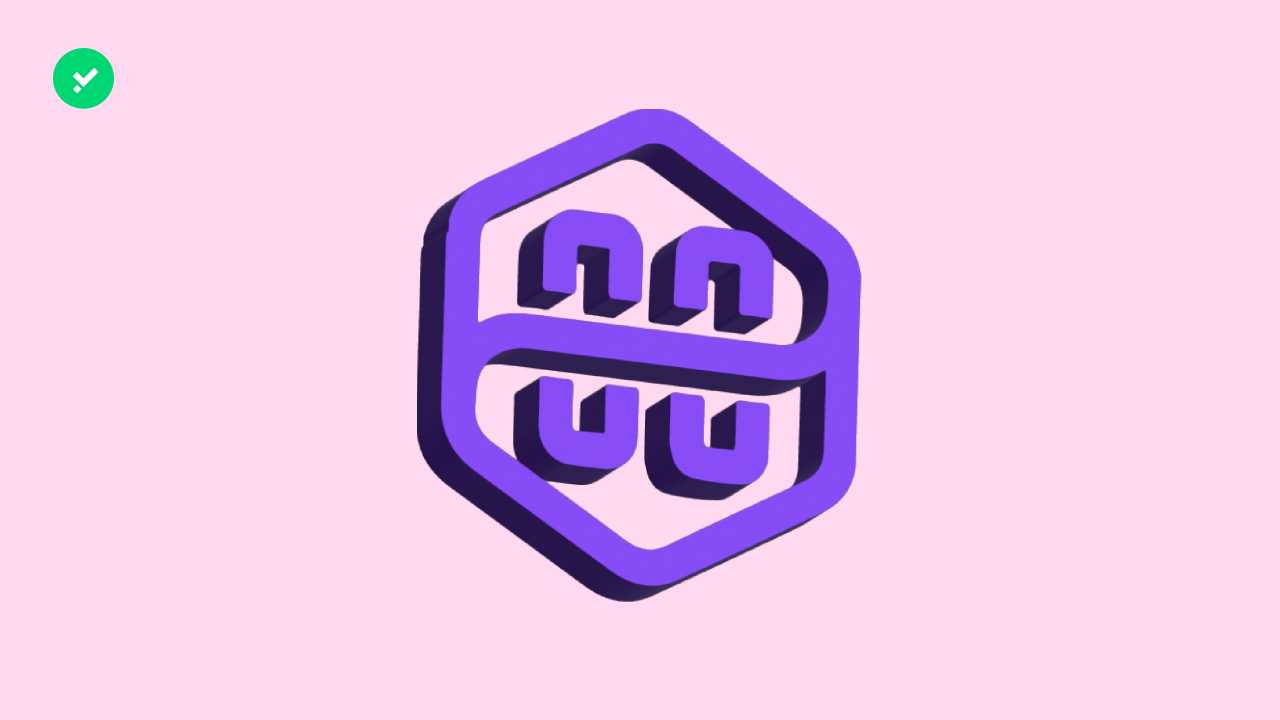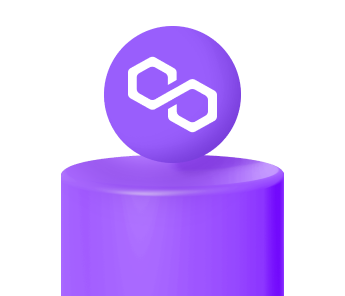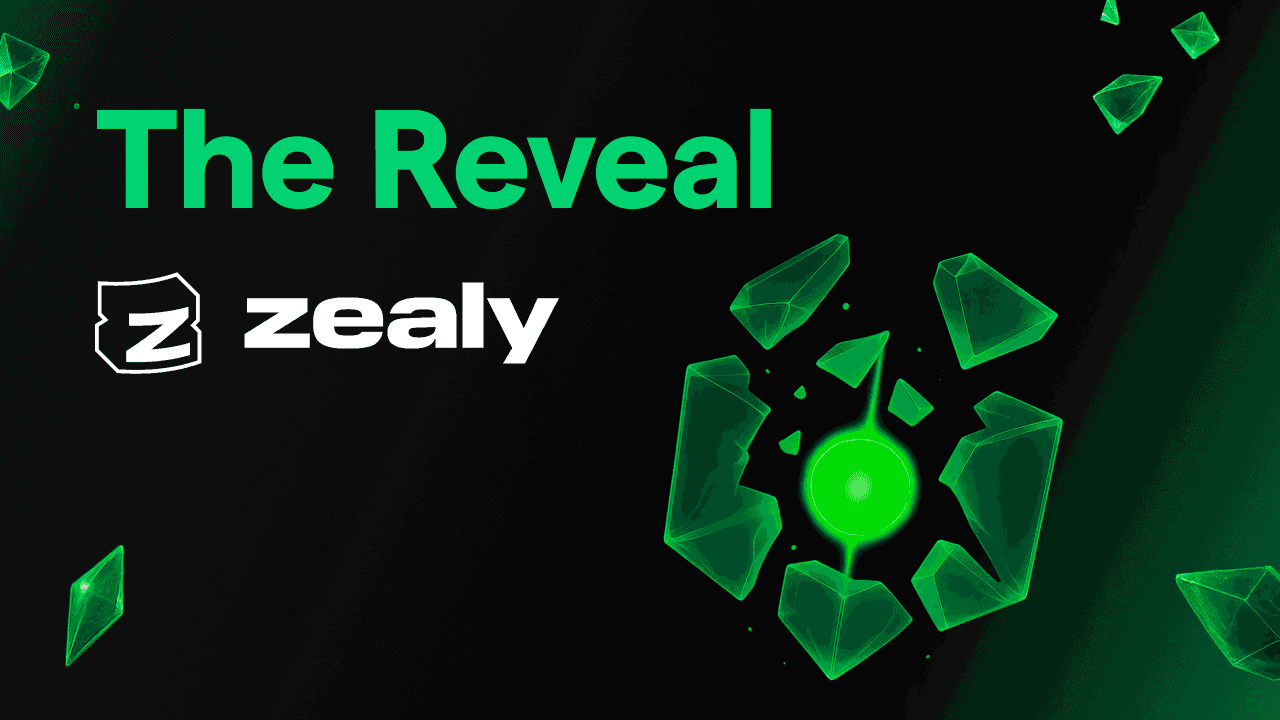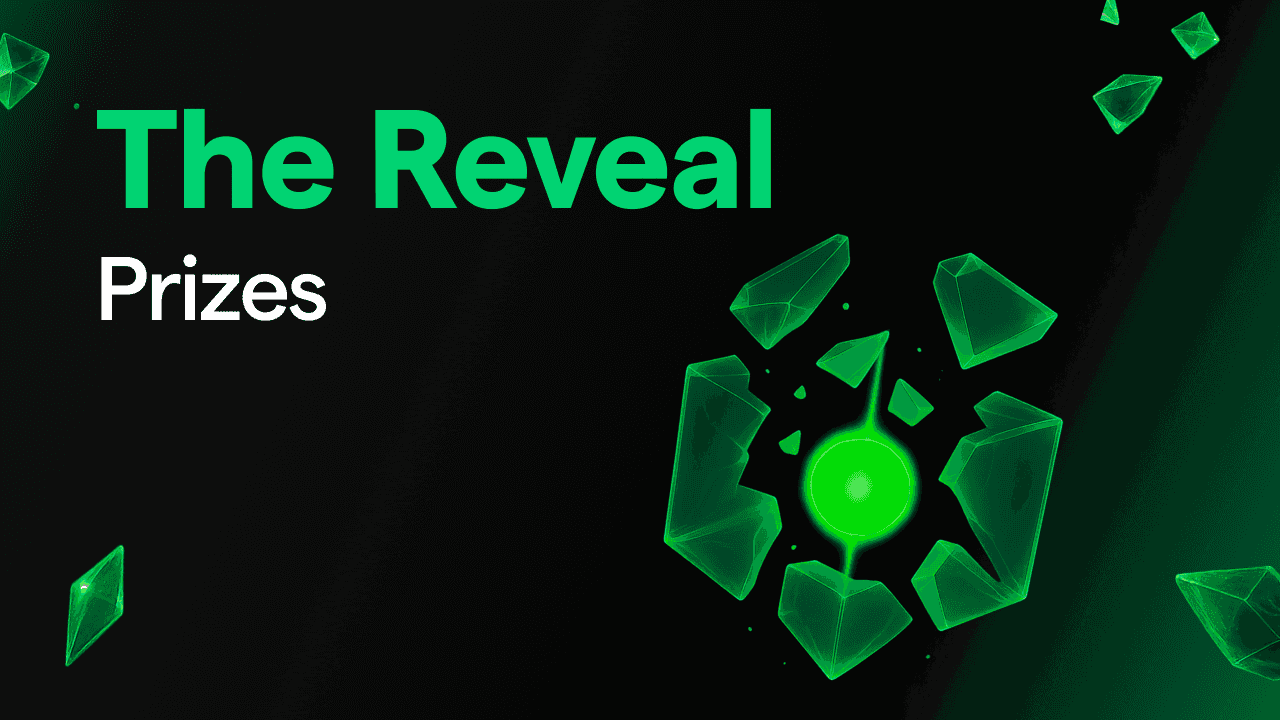News
Polygon zkEVM: mainnet beta is live. The most eagerly awaited tech news of the year
Elisa Campaci
5 min

Everything you need to know about Polygon zkEVM, Ethereum’s Layer 2 that exploits zero-knowledge technology
We’re live: the Polygon zkEVM mainnet beta went online on 27 March. MATIC‘s blockchain team announced on 20 July 2022 the development of an innovative scalability solution for Ethereum (Layer 2), capable of improving the performance of the entire industry. Thus, the Polygon zkEVM was born, combining zero-knowledge (ZK) technology and compatibility with the Ethereum Virtual Machine.
The project has become the most eagerly awaited tech news in recent months, so much so that 2023 has been dubbed the year of ‘zero-knowledge’.
Now that the mainnet beta is live, here’s everything you need to know about Polygon zkEVM, Ethereum’s latest scalability innovation!
Polygon zkEVM: blockchain focuses on zero-knowledge
For Ethereum, there is no more pressing challenge than scalability. The increasing amount of dapps and DeFi services using its network are testing its efficiency. The number of transactions to be processed increases day by day and according to Polygon, the most promising solution to meet this challenge are Layer 2s based on zero-knowledge technology. Which allows so many transactions to be processed at once and at a reduced cost.
One type of Layer 2 derived from this technology are rollups. These aggregate a series of off-chain transactions into a ‘rollup’ that is transferred to the reference Layer 1 blockchain with one and only one proof of validity for all transactions (zero-knowledge proof). In other words, transactions are not verified one by one, transferring a large amount of data to Ethereum. Everything is reduced to a single step.
This makes the finalisation of transactions and the amount of data that ends up on the blockchain lighter. Polygon zkEVM rollups allow instantaneous transactions unlike other types such as optimistic rollups, chosen as a scalability solution by protocols such as Arbitrium and Optimism.
Zero-knowledge rollups: pros and cons
Although promising, zk rollups are an underused technology as a scalability solution for Ethereum. In general, these take a long time to develop and are expensive to integrate. Most importantly, in most cases, they are not compatible with the Ethereum Virtual Machine and are therefore not interoperable with Ethereum.
Compatibility is crucial because it allows different projects to be standardised and interchangeable with each other, facilitating the exchange of information and value.
Polygon decided to work precisely on this weakness of zk rollups: ‘We knew that Ethereum needed to scale. We knew that ZK Proofs were the best way to do so. We knew that EVM-equivalence was the secret sauce that would empower both devs and users. So we built Polygon zkEVM”.
The Polygon zkEVM mainnet beta that went online on 27 March is thus a zero-knowledge Layer 2 solution for scaling Ethereum, that is fully compatible with the EVM.
Polygon zkEVM: why it’s really news
Zk rollups yes, but compatible with Ethereum. This is Polygon‘s project that is finally a reality! Basically, not being EVM compatible is a big disadvantage, it means not being able to use the same programming language as Ethereum (Solidity), its code or development tools. The problem with zk rollups is therefore one of usability.
Polygon zkEVM however is a Layer 2 that can be used exactly like Ethereum. Developers and users can find the same security and decentralisation of the ETH network but more speed and convenience.
Polygon zkEVM: what changes now for blockchain
To summarise, the advantages of Polygon zkEVM are:
- More scalability and security for the network;
- Lower transaction processing costs;
- Faster transaction finalisation times;
- Compatibility with Ethereum, the most widely used smart contract platform.
So what is going to change with the arrival of the Polygon zkEVM mainnet beta? The first immediate consequence according to the project team is that the cost of transaction fees on Layer 1 (i.e. on Polygon itself) will decrease by 90%.
Moreover, thanks to full compatibility with EVM, Web3 developers who want to improve the performance of their dapps built on Ethereum can simply transfer the execution of existing smart contracts to Layer 2.
Polygon zkEVM: first applications
The Polygon team explained that the main applications of Polygon zkEVM will be in the field of DeFi dapps, NFTs, blockchain gaming and payments.
One of the first projects to have chosen the Polygon zkEVM to scale its activities is ImmutableX, the blockchain dedicated to crypto gaming that has always used zk rollups since its foundation.
Earlier this month, Polygon unveiled a new product built on its zkEVM: Polygon ID. It is a service for verifying one’s digital identity, in which users can register credentials in a wallet via smart contract. The owner of a café, for instance, could verify the age of a customer even without documents. Or developers could build decentralised solutions for KYC.
After the launch of the Polygon zkEVM mainnet beta on 27 March, we will see further applications of the new scalability solution. Which has all the makings of setting new tech standards for blockchain and its development.




